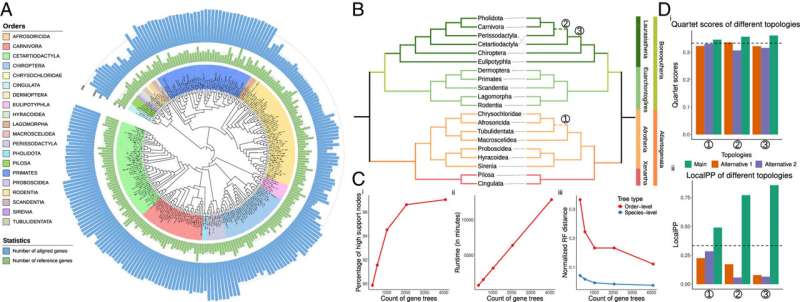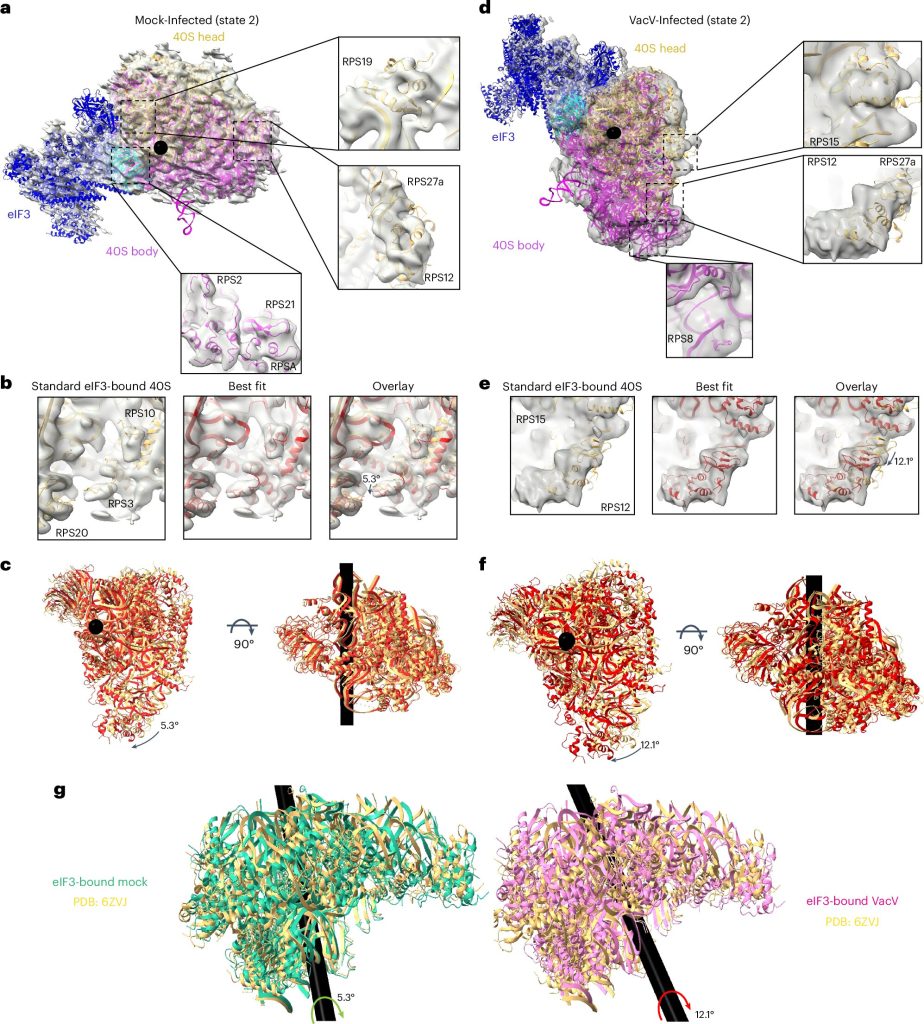In an exciting leap for evolutionary biology, researchers at UC San Diego have crafted a groundbreaking tool that simplifies the complex puzzles of species evolution. With this new innovation, the daunting task of inferring relationships among a vast array of species is within reach for scientists from many fields, potentially reshaping our understanding of life on Earth.

Researchers have developed a new, user-friendly tool known as ROADIES (Reference-free, Orthology-free, Annotation-free, Discordance-aware Estimation of Species Trees), aimed at revolutionizing how scientists understand evolutionary relationships between species. This tool allows researchers to infer species trees directly from raw genome data—an exciting development that makes such analyses accessible to a wider audience, especially in fields like biology and medicine.
In a recent study published in the journal Proceedings of the National Academy of Sciences, the team, led by Professor Yatish Turakhia, demonstrated that ROADIES offers results comparable to existing state-of-the-art methods while significantly reducing the time and expertise needed. The research touched on multiple organisms, including pomace flies and budding yeasts, showing the versatility of the tool across various life forms.
“With the rapid growth in genome sequencing technology, we have the potential to gather genetic information at an unprecedented scale,” explains Anshu Gupta, a Ph.D. student and the study’s first author. “However, not all researchers have the resources to accurately piece together the tree of life.” This is where ROADIES shines, simplifying a complex process with its automated capabilities.
A New Era of Automation
What sets ROADIES apart is its unique approach to automation. Unlike traditional phylogenetic tools, which often rely on specified genomic regions, ROADIES uses randomly sampled genomic loci. This eliminates prior steps like genome annotation, streamlining the process extensively.
“It’s remarkable that randomly selected genomic sections can yield accurate species trees,” Turakhia notes. “Our findings indicate that this straightforward method not only works but can also enhance our understanding of evolutionary sequences.” One of ROADIES’ exciting features is its ability to utilize multi-copy genes present in numerous species, thanks to innovative techniques developed at UC San Diego in collaboration with Professor Siavash Mirarab.
By cutting out the cumbersome steps of genome annotation and orthology inference, ROADIES requires far less computational power than traditional methods, ensuring its accessibility to various researchers. The tool’s efficacy has been validated on datasets containing hundreds of genomes, showcasing its potential to align with expert-driven large-scale studies.
Looking toward the future, the team at UC San Diego is committed to enhancing ROADIES further, including features for adding new species to existing trees and leveraging powerful GPU resources for processing vast arrays of genomic data.
“Exciting large-scale initiatives are on the horizon to sequence thousands of species, potentially every existing eukaryotic being on Earth,” Turakhia explains. “Our goal is to prepare ROADIES for that monumental scale.” This pioneering work not only illuminates the intricacies of our biosphere but also opens the door for countless scientific discoveries ahead.
More information:
Anshu Gupta et al, Accurate, scalable, and fully automated inference of species trees from raw genome assemblies using ROADIES, Proceedings of the National Academy of Sciences (2025). DOI: 10.1073/pnas.2500553122
If you would like to see similar science posts like this, click here & share this article with your friends!


